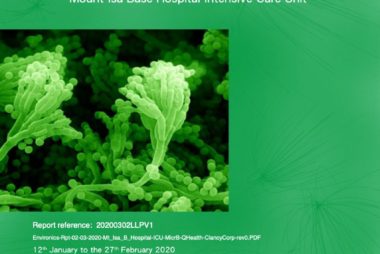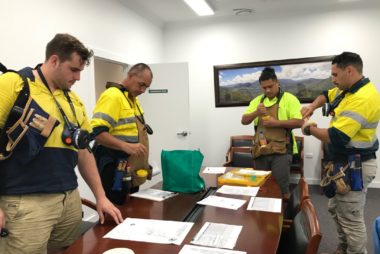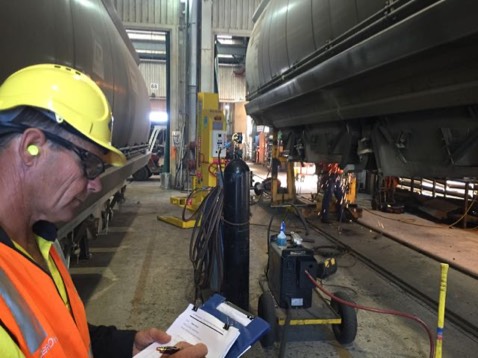Rio Tinto – Gove Refinery Demolition
Environics asbestos technicians supporting consulting firm, Red OHMS during the Gove refinery demolition. When demolishing an aluminium refinery, several key occupational hygiene impacts and aspects come into play:
- Hazardous substances and chemical exposure: Workers may be exposed to chemicals, dust, or fumes associated with the refinery, such as alumina dust, and bauxite residues. Proper containment and controls should be implemented.
- Noise and vibration: Demolition activities often produce high noise levels and vibrations. Monitoring and protective measures, such as hearing protection and reduction of exposure time, help protect workers’ health.
- Airborne contaminants and particulates: Dust and particulates generated during demolition may cause respiratory issues, necessitating the use of appropriate personal protective equipment (PPE) and dust suppression measures.
- Asbestos and other hazardous materials: Inspections, abatement, and safe handling practices must be followed to manage asbestos or other hazardous materials that may be present in the facility.





